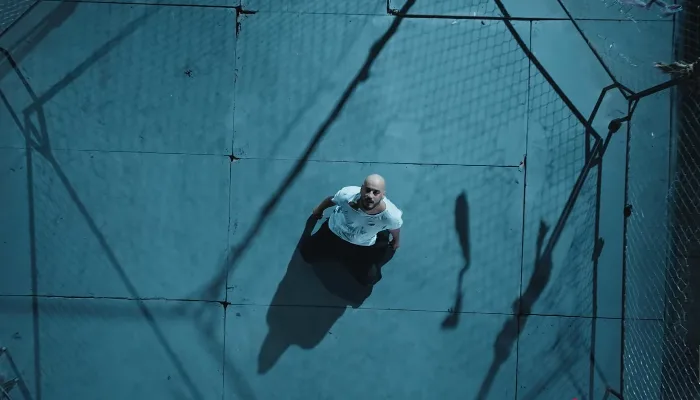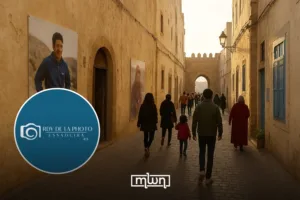Fez — A team of paleontologists has identified a new species of extinct shark from Morocco’s phosphate mines.
The animal is called Pseudocorax heteroserratus, and scientists recognized it from dozens of fossil teeth collected near Oued Zem in Khouribga Province.
The teeth are startling because some edges are smooth, others are finely serrated, and others are coarsely serrated — sometimes within the same jaw position.
What they found
The study names Pseudocorax heteroserratus as a brand-new species in the mackerel-shark order (Lamniformes). It’s recognized by its large set of isolated teeth recovered in the upper Couche III layer at the Sidi Chennane quarry in the Oulad Abdoun Basin. That layer sits in Morocco’s famous phosphate beds and dates to the latest Maastrichtian, right before the dinosaur-killing asteroid strike.
The teeth show a broad crown, an elongated base, and highly variable serrations along the cutting edges. Those features set the species apart from other sharks in the same genus. The authors stress that having so many teeth to compare was essential, as teeth are a common determining factor of shark species.
Where and when this shark lived
The Oulad Abdoun Basin lies about 150 km south of Rabat and hosts the largest phosphate deposits in Morocco. Its rock layers record shallow, warm seas that once covered the region at a paleolatitude near 25°S.
The upper Couche III bone bed that yielded the teeth formed in phosphatic marls above a limestone unit and is celebrated for preserving many kinds of marine life.
Alongside shark remains, scientists regularly find mosasaurs, bony fishes, crocodilians, plesiosaurs, marine turtles, pterosaurs, and even rare dinosaurs in these same beds. Picture a bustling coastal sea near the end of the Cretaceous, full of predators and prey.
Why the teeth are such a big deal
Until now, only one species in this group — Pseudocorax affinis — was known for its serrated tooth edges. The Moroccan fossils reveal a second serrated species, yet its serrations are irregular and sometimes absent. That unusual mix raises a bigger evolutionary question: Did serrations in this shark lineage evolve once and then spread, or did they arise more than once in different places?
The authors outline two possibilities. First, serrations may have evolved twice in separate populations, producing two different serrated species.
Second, serrations may have evolved once, with the Moroccan population splitting off before serrations became fixed across the group.
Either way, the team suggests that the K–Pg extinction could have removed the ecological pressures that would have finished that transition in the Moroccan species.
How researchers studied the fossils
Collectors sieved freshly excavated sediments from the upper bone bed at Sidi Chennane and nearby spots. They recovered and purchased small teeth embedded in the sand and marl, then photographed and measured them under a high-powered digital microscope.
The team eventually grouped the teeth into a holotype, several paratypes, and sets of referred specimens; in total, they examined dozens of nearly complete teeth. All are now accessioned in the Mississippi Museum of Natural Science.
Why it matters
This discovery adds a new branch to the shark family tree from the very end of the Cretaceous period in North Africa. It also shows how small differences — such as a tooth edge that is smooth in one spot and serrated in another — can open big questions about how and why animals evolve.
The study even highlights a practical lesson for fossil hunters and scientists: we need large samples to tell species apart when all we have are teeth.
Finally, the work underscores the global importance of Morocco’s phosphate beds. They preserve an exceptional window into life just before the mass extinction that reshaped our planet. In that window, Pseudocorax heteroserratus stands out — with teeth that tell a complicated, and very human-readable, story about evolution in action.
















